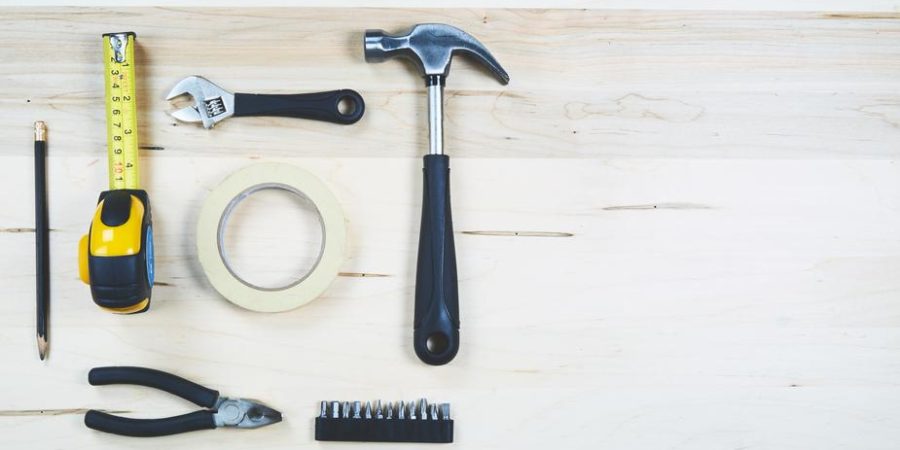Home renovations happen at the intersection of fantasy and reality. On the whimsical side, renos allow you to make your living space what you always dreamed it could be. On the practical side, renos are an investment – both in yourself and in your property.
And on the extra practical side, there’s the not-so-small matter of paying for your reno. In other words, picking out your favourite new countertops is easy; paying for them, not so much.
Borrowing money is an easy solution, but when it comes to home renovations, there’s a right way to do it. As you plan your next reno, follow these tips to make sure you don’t get burned by financing.
Make a Budget
I shouldn’t have to say it, but it’s easy to get swept up – especially if you’re planning to do your renovations yourself. Carefully make a checklist of everything you want to do and estimate the cost. Any HGTV show will offer proof that renovations never happen without surprises, so take that number, double it, and you have your budget.
This is also a good opportunity to make sure your ideas are reasonable. You might find that you can get a similar result for a lot less money by choosing different materials (or even different vendors). Take some time to shop around and compare prices. And be prepared to change your plans if practicality demands it.
Save Up First
If at all possible, plan to finance at least a portion of your renovation with savings. You might have savings already, or you might want to start saving up now. Not only will this save you money on interest, but it will protect your position in case something goes wrong. You don’t want to owe more money than you can pay back by selling your house. Paying cash will help make sure that doesn’t happen.
To save up for your renovation, use a high-interest savings account. These accounts pay much more interest on your savings than big bank savings accounts do. The best savings account rate in Canada is currently 2.80%, offered by Motive Financial.
Use Your Credit Card – Wisely
Credit cards charge the highest interest rates possible. Don’t, under any circumstances, finance your renovation using a credit card.
Do, however, take advantage of any special offers and credit card rewards points. For example, some stores will let you defer payments interest-free when you use their store credit card. Use this to your advantage, but plan to pay off the credit card before any interest becomes due.
You could also consider using a rewards credit card to earn points on your renovation purchases. Many credit cards offer bonus rewards for new customers. But again, beware of the high interest rates and only use the card to make the purchase – not to supply the money.
Tap in to Home Equity
Bank loans and lines of credit offer better interest rates than credit cards, but the best rate you can get for financing will likely be with a home equity line of credit (HELOC). A HELOC allows you to borrow against the equity in your home and make interest-only payments. Typical HELOC interest rates are about a half-percent above the prime rate (currently around 4.45%). Compare that with an unsecured line of credit that might charge around prime plus 5% (around 8.95%) or a credit card that could charge up to 22%.
The downside to a HELOC is they can be expensive to set up. Depending on the structure of your mortgage you may have to set it up using a real estate lawyer, which could cost several hundred dollars. There are qualification criteria and a lengthy application process as well. A local mortgage broker can help you navigate all of the ins and outs and make sure you get a good deal on your HELOC.
One more word of caution – if your HELOC requires an appraisal, your application may not be approved if your home is under construction. Set up your HELOC before you start your project to avoid a sticky situation.
Use Your Mortgage
If you’re buying a home with the intention of renovating it, you might be able to get a mortgage that covers the purchase and the renovations. Sometimes, these arrangements will pay out cash. More likely, however, you’ll be reimbursed directly as you show receipts and proof that the work has been done. Talk to your mortgage broker to learn more about your options for financing a renovation through your mortgage.
Measure Twice, Cut Once
Renovations can be expensive. The last thing you want is to spend more than you can afford. Carefully think through the scope of your renovation and the total cost. Your monthly payments and ability to repay a loan are even more important than your ability to qualify for one.
Carefully weigh all your options and be sure you’re financially prepared to take on a renovation project. Nothing takes away the enjoyment of a newly renovated living space more than the weight of debt payments you can’t afford.
